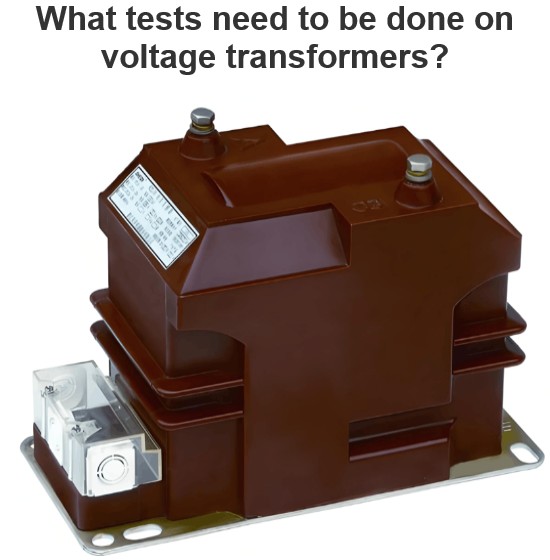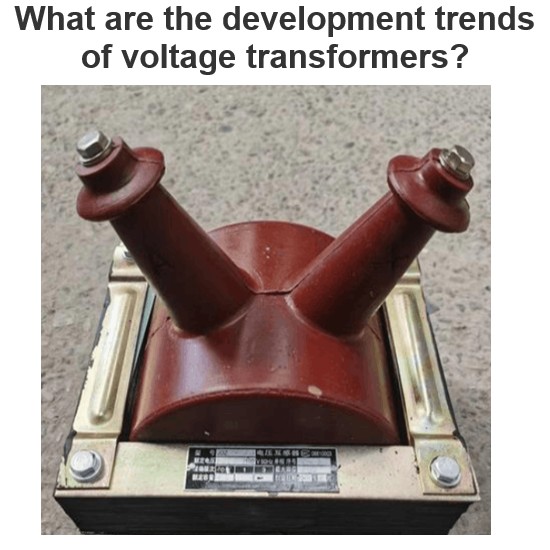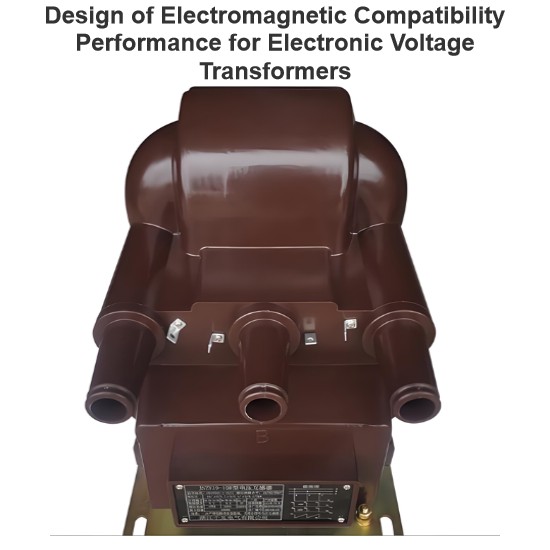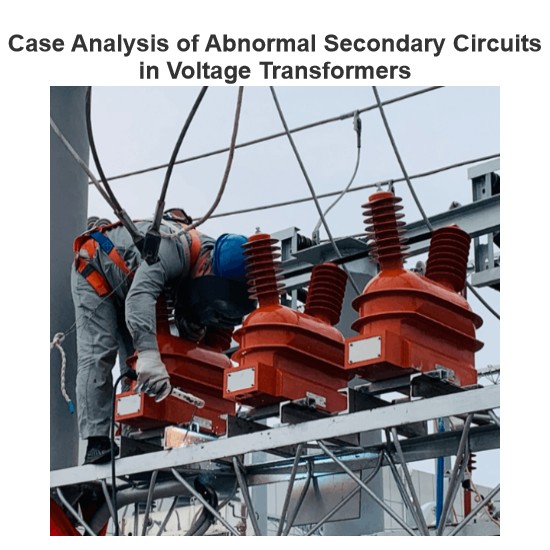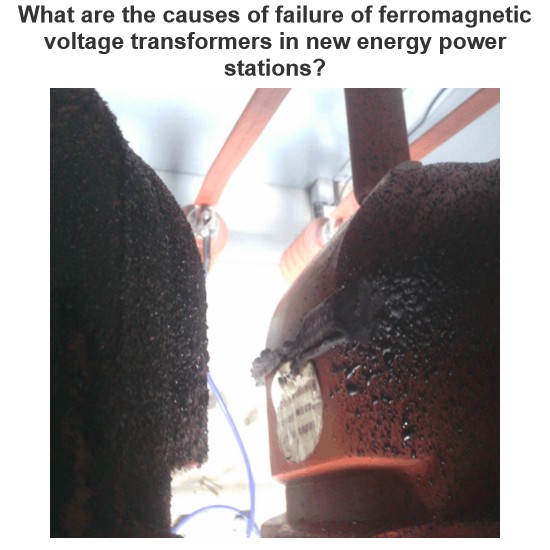| Brand | Wone |
| Model NO. | WDLK-II Transformer Low Voltage Short Circuit Impedance Tester |
| Voltage | 10000 |
| Current | 0.5A~10A |
| Series | WDLK-II |
Description
WDLK-II transformer low-voltage short-circuit impedance test is an instrument for low-voltage short-circuit impedance measurement of transformers under field and laboratory conditions. The instrument is small in size and light in weight. The instrument adopts voltage and current synchronous AC sampling and digital signal processing technology, and the measurement data is accurate.
Specifications
| Measuring range Voltage | 20V~400V |
| Current | 0.5A~10A |
| Accuracy Voltage, current | 0.2 class |
| Impedance | Class 0.5 |
| Power | Class 0.5 (cosφ≥0.2) |
| Dimensions | 350mm×270mm×170mm |
| Instrument weight | 8kg |
| Ambient temperature | -10℃~50℃ |
| Ambient humidity | ≤85%RH |
| Working power | AC220V±10% |
| Power frequency | 50±1Hz |


